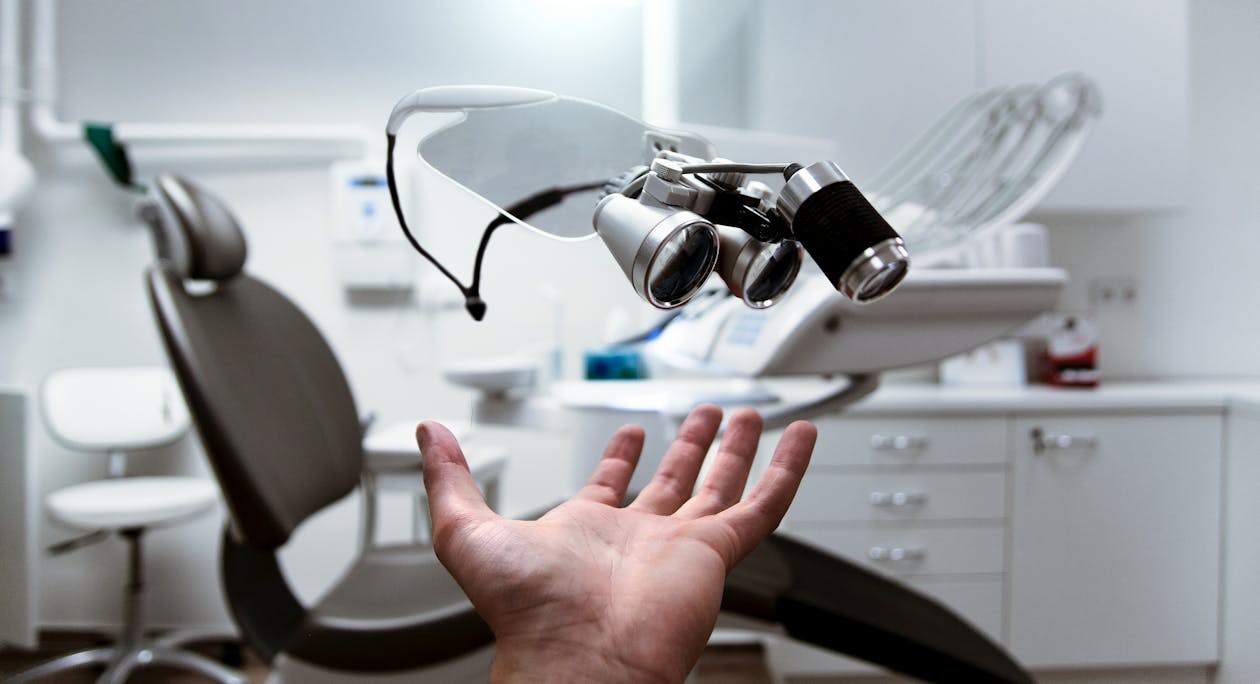Jan 25
2021
How Emerging Tech Will Impact The Healthcare Industry In 2021
By Adrian Johansen, freelance writer; @AdrianJohanse18.
“We believe consumer health technologies — apps, wearables, self-diagnosis tools — have the potential to strengthen the patient-physician connection and improve health outcomes,” said Dr. Glen Stream, Chairman of Family Medicine for America’s Health. It is this sentiment that will perhaps shape tech adoption in healthcare through 2021 and beyond, the keywords being accessibility and connectivity.
As the world reels from the effects of the COVID-19 pandemic, we look to medical advances that will shape the future of healthcare. Emergent healthcare tech must connect a socially-distanced world to offer greater healthcare solutions for a greater portion of the population. Through cloud data and artificial intelligence, these solutions are increasingly possible.
Consumer-focused, accessible technologies are transforming the healthcare industry, with impacts likely to be felt as we move into 2021. COVID-19 quickened this transformation, and now healthcare professionals and patients alike look to benefit from the connective devices and technologies of the future.
Entering the Matrix through Digital Healthcare
A few years ago it might have seemed absurd to entertain the notion of increasingly virtual healthcare. The coronavirus changed that. Now, state and local governments are breaking down barriers to allow for novel, digital treatment plans that can take place over a smartphone video call. This has been a groundbreaking shift in terms of healthcare accessibility.
Telehealth innovations are emerging that offer everything from cardiology to infectious disease treatments all through virtual platforms. Care providers are even cutting costs through tele-paramedicine, which allows emergency patients to speak with specialists before they even make it on an ambulance. In turn, unnecessary transportation can be avoided for cost savings for patients and providers alike.
Throughout 2021, we will likely see vertical growth of telemedicine as more and better data analytics, paired with smart software, build a matrix for remote healthcare possibilities.
Alexa, Track My Medical Records
The digitization of healthcare is trending into smart home systems. These hubs of living room convenience are making waves in at-home healthcare, offering care coordination for chronic disease management. In the landscape of COVID-19 concerns, such innovations offer the kind of safety and accessibility needed for vulnerable patients.
Programs designed with Amazon’s Alexa in mind have made possible the tracking of diabetic information, blood pressure, medication compliance, and more for the benefit of at-home users. The online nature of these devices offers physicians the ability to experience real-time metric tracking alongside wearables to better monitor patient health.
Meanwhile, the improvements made in voice recognition through smart home devices have streamlined everything from the ability for users to get quick insurance quotes to assisting medical coders in medical transcription practices.
With the need for safe, at-home care, smart home systems and voice recognition tech will be a stable of healthcare solutions for the future.
Printing New Organs with Biomaterials
For decades, researchers have looked for new methods of safely transplanting organs without having to deal with cellular rejection and long waitlists for viable tissues. Now, through 3-D printing of biomaterial, doctors are building organs using a patient’s own DNA, thus hacking the traditional problems of transplantation.
Take the experience of Dr. Anthony Atala, a medical professional from Boston Children’s Hospital in Massachusetts. He and his team were able to convert a 3D inkjet printer to construct human organs using cells generated from patient blood draws. The cells were then used to additively manufacture organs onto a 3D scaffold, resulting in organs capable of successful, thriving transplantation.
With 3D-printed organs as an industry already valued in the millions and growing at a rate of 54% per year, there is little doubt this tech will grow to greater prominence in the years to come.
The AI Takeover of the Healthcare Industry
From the doomsday predictions of most science fiction stories, AI has so far brought about a host of helpful healthcare scenarios that are likely to further impact 2021. Through AI, researchers have enabled algorithms that do everything from identifying pneumonia in chest x-rays to predicting cancer in skin lesions. Now, AI even stands to make healthcare a more human process, enabling physicians to spend more time with their patients.
By using AI to generate and simplify data processes across electronic medical records (EMRs), care facilities are giving physicians more face time to address patient concerns. The tools enabled by AI and machine learning algorithms can more quickly and definitively diagnose problems. Then doctors and nurses can spend time on the vital human elements of their work, making patients feel heard and cared for.
Where staffing is low, robotics and AI are even coming together to support care facilities. Such is the case with YuMi, a robotic nurse designed to make the rounds.
As AI algorithms and processes improve, these systems will help streamline care. This means more valuable patient time and better care solutions.
Blurring the Lines Between Tech and Reality
Increasingly, tech that augments or digitalizes reality is being used to enhance the possibilities of healthcare. Augmented reality (AR) and virtual reality (VR), tech that superimposes images over the physical world or creates a new digital one, respectively, are being used to both train physicians and treat patients.
A study by University College London and ICREA-University Barcelona, for example, has found the use of virtual reality to simulate comforting a child has been effective in treating patients with depression, as they then learn to express compassion for themselves. Meanwhile, researchers are building virtual, 3D models of bodies and cells to study and learn better treatments and care strategies.
With the integration of 5G wireless technology, VR and AR technologies can more seamlessly communicate with online databases for more realistic and resounding care experiences, opening up many doors in care possibilities.
